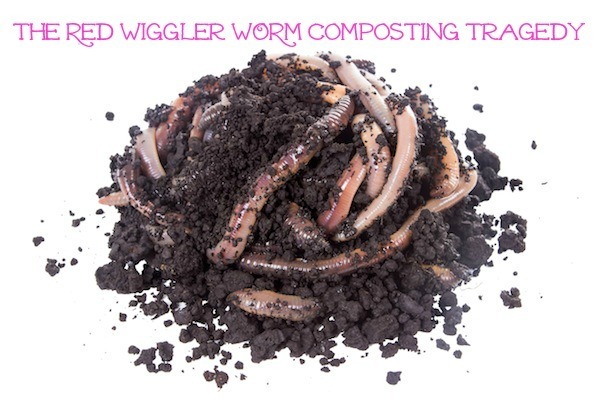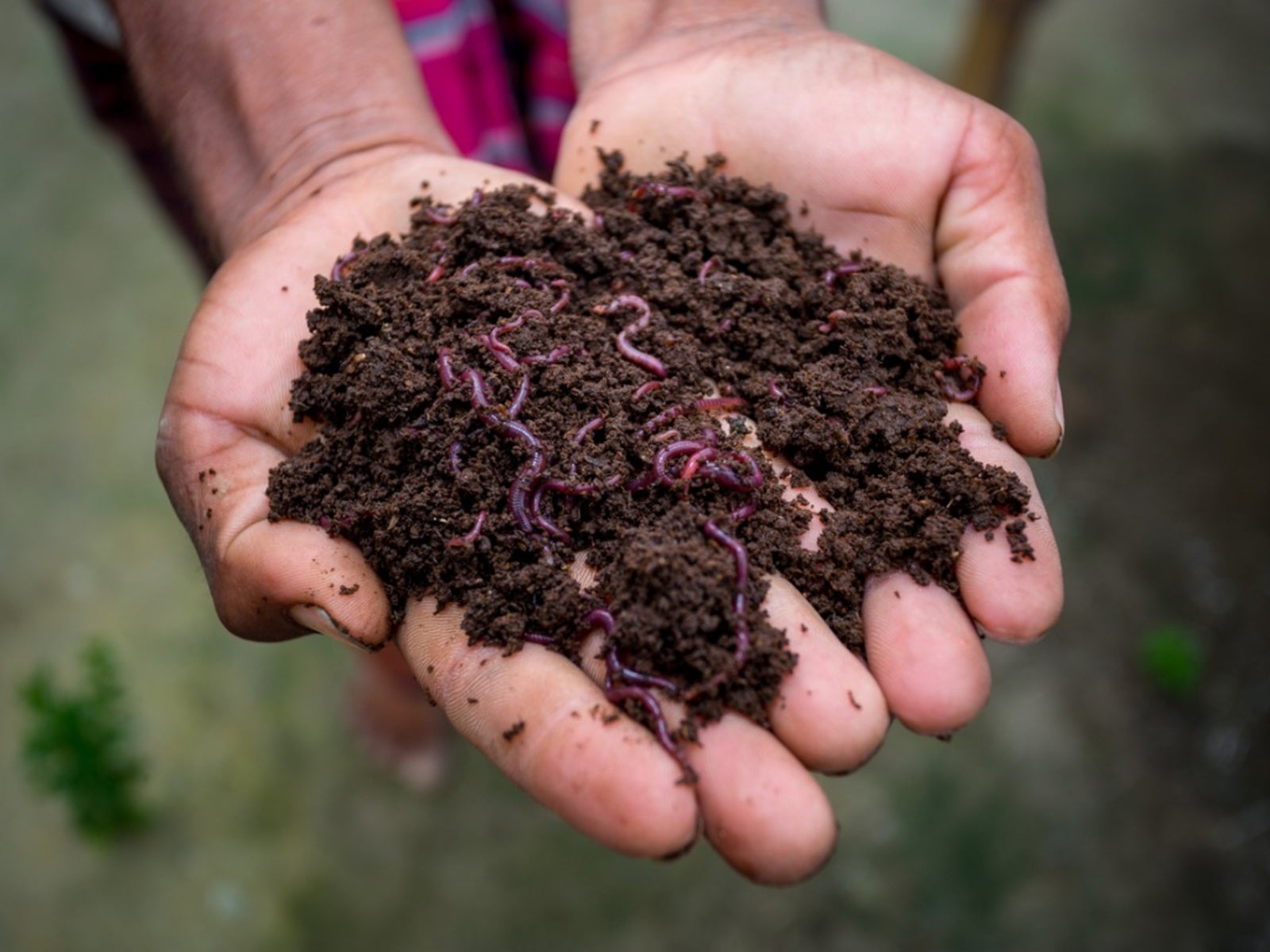Red Wiggler Composting Keys: Boost Your Dirt Health with These Simple Actions
Red Wiggler Composting Keys: Boost Your Dirt Health with These Simple Actions
Blog Article
Using the Power of Red Wiggler Composting: A Thorough Consider the Environmental and Agricultural Perks of This All-natural Waste Reduction Technique
The technique of red wiggler composting represents a compelling intersection of ecological stewardship and agricultural advancement, providing a sustainable option to the expanding challenges of waste monitoring and soil deterioration. Through the natural process of vermicomposting, natural waste is transformed into a valuable resource that not only improves soil however additionally adds to a considerable decrease in garbage dump contributions and greenhouse gas discharges. As we check out the multifaceted benefits of this approach, we discover exactly how it can improve farming techniques and promote environmental understanding, triggering a closer assessment of its prospective influence on our communities and ecological communities.
What Are Red Wiggler Worms?
Red wiggler worms, medically referred to as Eisenia fetida, are a species of earthworm particularly adjusted for composting and natural waste failure. These worms prosper in the nutrient-rich setting of decomposing raw material, making them excellent for vermicomposting systems. Expanding to a length of about three to 4 inches, red wigglers are characterized by their reddish-brown pigmentation and distinctive banding patterns along their bodies.
Unlike various other earthworm species, red wigglers prefer to occupy the top layers of dirt and natural particles, where oxygen levels are greater and food sources are plentiful. Their physiological adjustments allow them to process organic products successfully; they possess a strong gastrointestinal system that allows them to convert waste right into nutrient-rich spreadings, often referred to as "black gold" in gardening and farming contexts.
Eisenia fetida plays a critical duty in the environment by promoting the decomposition process, improving soil structure, and promoting microbial task. Given their unique characteristics and ecological value, red wiggler worms have become a central part in sustainable waste monitoring practices and organic horticulture efforts, adding substantially to environmental wellness.
Advantages for Soil Health And Wellness
The addition of red wiggler worms in composting systems provides considerable benefits for dirt wellness. These worms play a critical duty in the decomposition procedure, damaging down organic matter right into nutrient-rich vermicompost. This all-natural fertilizer enhances dirt water, structure, and aeration retention, adding to an extra desirable setting for plant growth.
Vermicompost is rich in crucial nutrients such as potassium, nitrogen, and phosphorus, which are essential for plant advancement (Red Wiggler Composting). The visibility of valuable microbes in vermicompost further promotes dirt wellness by boosting nutrition accessibility and subduing soil-borne microorganisms. This dynamic interaction promotes a robust soil community that supports sustainable farming methods
Additionally, red wigglers promote the formation of humus, a secure natural issue that boosts dirt fertility and durability. This increased natural content not just improves soil appearance yet likewise boosts its ability to withdraw carbon, reducing environment modification impacts.
Including red wiggler composting into farming systems can, consequently, result in healthier dirts, greater crop yields, and boosted sustainability. Consequently, accepting this all-natural waste decrease technique can yield profound advantages for both the setting and agricultural performance.
Effect On Waste Decrease
Integrating red wiggler worms into composting systems dramatically minimizes waste, transforming natural materials that would certainly otherwise add to landfills right into valuable garden compost. This method, called vermicomposting, efficiently refines kitchen scraps, backyard waste, and other eco-friendly materials, bring about a substantial reduction in the quantity of waste sent to land fills. According to the Epa, organic waste makes up a substantial portion of garbage dump materials, generating unsafe greenhouse gases as it decomposes anaerobically.
By using red wigglers, a very efficient composting representative, services and households can divert a significant quantity of natural waste from these landfills. Each pound of red wigglers can refine and consume regarding half a pound of natural waste daily, bring about an amazing decrease in total waste generation.
Furthermore, the application of vermicomposting assistances try this regional waste monitoring initiatives and advertises a round economy, wherein waste is transformed into a resource. As communities progressively embrace this method, the collective result on waste decrease comes to be noticeable, cultivating an extra lasting environment and encouraging accountable waste management practices. Embracing red wiggler composting not only mitigates waste issues but also boosts area understanding concerning lasting living.
Enhancing Agricultural Practices
Making use of red wiggler worms in farming techniques can dramatically boost dirt health and wellness and crop productivity. These worms play an important role in the composting process, damaging down natural matter into nutrient-rich vermicompost. This all-natural plant food enhances soil aeration, framework, and water retention, which are crucial for durable plant growth.
Furthermore, the castings produced by red wigglers are abundant in necessary nutrients, such as phosphorus, nitrogen, and potassium, promoting much healthier crops with greater yields. The microbial task promoted by these worms also contributes to a growing dirt environment, enhancing biodiversity and strength against pests and illness.

In Homepage addition, the use of vermicompost can enhance dirt pH degrees, making nutrients much more easily accessible to plants. Red Wiggler Composting. As an outcome, farmers can cultivate healthier crops while all at once adding to soil conservation efforts, eventually developing an extra sustainable agricultural future
Getting Going With Composting
Starting your composting trip calls for an understanding of the important elements and processes involved. The main component in red wiggler composting is natural waste, which can consist of cooking area scraps, backyard waste, and paper products. It is essential to preserve a balance between eco-friendly materials, rich in nitrogen, and brown materials, high in carbon. This balance promotes an ideal atmosphere for red wigglers, which are the crucial microorganisms in this composting technique.
Choosing a proper composting system is just as crucial. Worm containers can be developed for indoor or outdoor usage, and they must supply appropriate drain and aeration. It is suggested to begin with a tiny number of worms-- around one pound of red wigglers for every one pound of waste generated regular.

Conclusion

The practice of red wiggler composting represents an engaging crossway of environmental stewardship and farming advancement, providing a sustainable remedy to the expanding challenges of waste monitoring and dirt degradation.Furthermore, the application of vermicomposting supports neighborhood waste administration efforts and advertises a circular economic situation, wherein waste is changed into a source. As communities increasingly embrace this practice, the collective impact on waste decrease ends up being evident, cultivating a more lasting environment and motivating accountable waste monitoring methods. The key component in red wiggler composting is natural waste, which my latest blog post can include cooking area scraps, lawn waste, and paper items.In summary, red wiggler composting offers a sustainable solution for natural waste management, generating nutrient-rich vermicompost that significantly boosts soil wellness.
Report this page